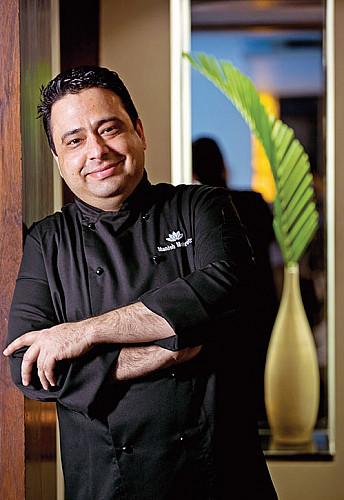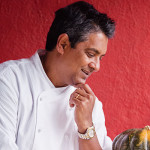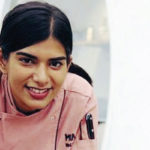Chef Manish Mehrotra on His Fusion Indian Food
To excite the adventurous and yet satisfy traditional palates…this is what Chef Manish Mehrotra aims to do at New Delhi’s Indian Accent at the Manor Hotel, the only restaurant in India to feature in the World 50 Best Restaurants 2015 list. If you wish to get up close and personal to this multi-award-winning chef, you may do so at the Indian Accent Chef’s Table, a show kitchen where guests learn more about his ‘Indian food for the 21st century’ which essentially infuses French, Thai, Malaysian and Japanese influences into Indian food. Mehrotra has become famous for his unique union of global ingredients and techniques with the flavours of India. He calls his food ‘Indian food with an international accent’ and is being touted as ‘the most exciting modern Indian chef in the world today’.
Which cuisines have you incorporated into Indian food?
I have not incorporated any cuisines into Indian food. Rather, the techniques and ingredients from different cuisines have been incorporated. For instance, here is an international dish with an Indian twist: the ghee roast mutton boti, one of our most popular starters, includes dry goat curry with small roomali roti pancakes and four different chutneys. Diners are encouraged to make their own pancakes using the chutneys that they like, in the proportions that they prefer. This dish has been inspired by the Chinese dish, Peking duck. Another example is the tuna bhel ceviche which includes raw tuna made in the Peruvian ceviche style, topped with masala kurkure which has become iconic in Indian culture. Here, it gives the required crunch to the soft and silky tuna. I started my career with Thai cuisine at Thai Pavilion at the President in Mumbai. In India, when we cook vegetables, we just kill them. I learnt to maintain the texture and crunch of vegetables from pan-Asian food.
Did anything in your childhood and early years prepare you for the cuisine that you are creating today?
I wouldn’t say so. There are few inspirations from my childhood, unlike most other chefs who speak of their grandmothers’ cooking and mothers’ kitchens. I belonged to a no-onion, no-garlic family. There was no question of non-vegetarian food coming into the house. The kids ate eggs on the terrace which had a separate set of stoves and bartans. And, after eating eggs, we could not come back into the house but had to leave immediately for school. But this taught me that food without onion and garlic can be very tasty. These are not the base for all cuisines.
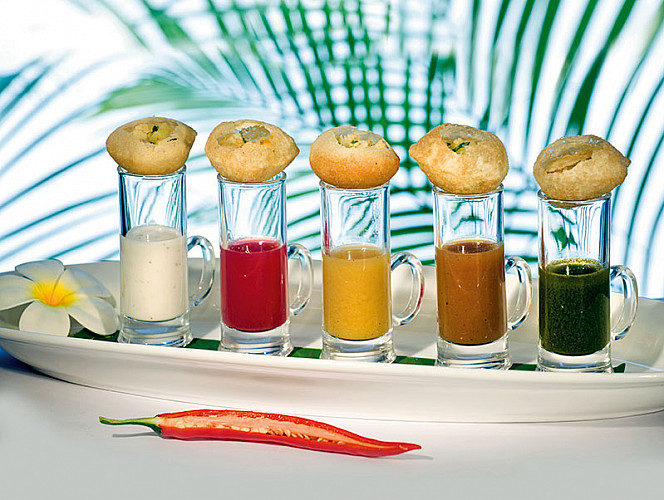
How do you hit upon your almost radical combinations?
Inspiration can come from anywhere. The gamut of Indian and pan-Asian cuisines is so vast…. There are thousands of recipes in peoples’ homes that need to be discovered. Inspiration comes from day-to-day life. You could be eating bhel puri on the road and wondering why can’t it be non-veg? If you keep your mind open and don’t have a mental block about these things, you can innovate endlessly.
How important are traditional recipes for you?
There cannot be a grandson without a grandfather…. Innovation can come from tradition only. Without the traditional there cannot be anything modern. My modern food is based on traditional cuisine into which I incorporate a little bit of foreign ingredients, for example, raw mustard oil is replaced by wasabi. When I travel, I realise how bad Indian food is abroad…it bothers me and I want to change this perception of Indian cuisine. I believe that our Bengali kashondi is far tastier, for instance, than Dijon mustard!
How do you make fusion work?
When I am mixing something, it should make sense. If I can explain the reason why and the guest is convinced, then the fusion works. You will never, for instance, find me mixing an idli with Kashmiri spices or paneer with Kerala curry because, traditionally, these things do not happen. I generally do not mix two Indian cuisines in one dish. While most of the masalas and ingredients are similar, such different dishes are created in the various regions. Everyone makes besan ka ladoo, kheer, khichdee, but differently….
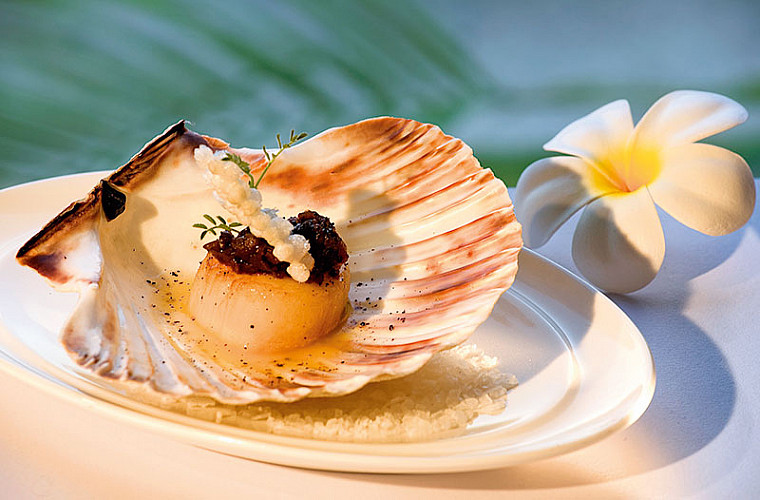
Which Western ingredients work well with Indian food?
I use a lot of wasabi, oyster sauce, parmesan cheese…. But this is the way that it has always been…. Potatoes and tomatoes are not originally Indian, these originated in South America but today you cannot think of Indian food without them. Chillies, too, came from Mexico. All these are not originally part of our cuisine. But things become a habit and we follow whatever we are comfortable with, instead of innovating.
Trending in the Indian food space is…?
Every chef is trying today to cook his own good food. But, we need to go into people’s homes. We need to go into the interiors of the country. We do not need to innovate as much as explore. For instance, we have a dal moradabadi on our menu, a mung ki dal served with toppings — and this is a hit. I used to eat this at my house. But no chef thought to introduce the ‘lowly’ mung ki dal on a restaurant menu. In all the cuisines, only a few things dominate. I travel widely, I eat, I try different restaurants. I have a huge collection of books that I constantly update to keep up with running trends. One trend that I am happy to see is that more youngsters are coming to Indian restaurants.
Which have been some of your most successful combinations?
Galauti kabab served with foie gras on top…pork ribs with meetha aam ka achaar which I introduced six years ago and is still going strong…doda burfi treacle tart….
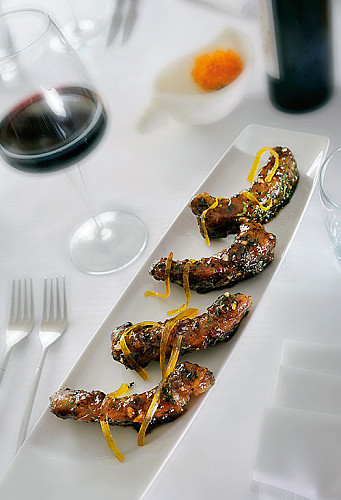
What next?
At the moment, I am concentrating completely on Indian Accent and nothing else….
Favourites: meetha achar Chilean spare ribs, tandoori bacon prawns, rice crusted John Dory moilee, duck khurchan cornetto….
Celebrity appearance: Guest Chef, MasterChef India 2015.
Known for: storytelling through food.
Related posts from Verve:
Verve Trending
Sorry. No data so far.
us on Facebook to stay updated with the latest trends

